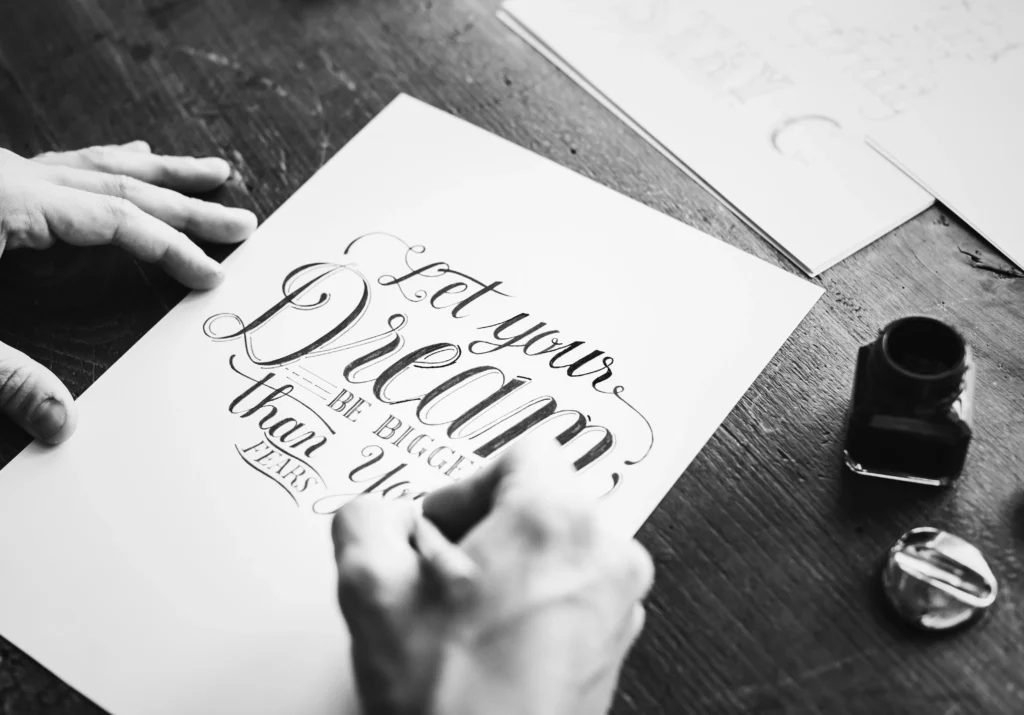
Custom fonts have become increasingly popular in the world of design, branding, and digital content. They bring a unique and personalized touch to the visual identity of a brand, project, or website. In this article, we will explore why custom fonts are more appealing, their advantages, and how they contribute to effective communication and brand differentiation. By diving into the psychology of typography, providing real-world examples, and offering insights into the benefits of custom fonts, we aim to help you understand the value they bring to the table.
Typography is a powerful tool in visual communication. The choice of typeface can influence how a message is perceived, making typography a fundamental part of design. Whether it’s for a logo, website, or advertising campaign, the font you choose can make a huge difference in how your audience connects with your brand or message.
Fonts can evoke a variety of emotions, from excitement and creativity to seriousness and trustworthiness. Custom fonts, in particular, offer greater flexibility in conveying specific moods and tones. For example, a playful, hand-drawn font may be more fitting for a children’s brand, while a sleek, modern typeface could better suit a high-tech company.
In a crowded marketplace, brand differentiation is crucial. Custom fonts help companies stand out and make their branding more memorable. A unique font can instantly convey a brand’s personality, making it easier for consumers to recognize and recall the brand. Consider major companies like Coca-Cola, Google, or Airbnb – their fonts are so distinctive that they instantly trigger thoughts of their brands.
Coca-Cola’s custom script font has become one of the most recognizable logos in the world. It’s not just the company’s name but an integral part of its brand identity. The cursive, flowing design of the font communicates feelings of nostalgia, happiness, and refreshment. This font, which has remained consistent over the years, plays a significant role in Coca-Cola’s brand recognition and loyalty.
Custom fonts offer numerous benefits, both in terms of aesthetics and functionality. Here are some key advantages:
While pre-made fonts are a quick and easy solution for designers, custom fonts offer far more advantages in terms of branding and flexibility. Pre-made fonts, though accessible and abundant, often lack the distinctiveness that custom fonts provide. Here’s how they compare:
Google’s Roboto font is an excellent example of a custom font being used for branding purposes. Roboto was designed specifically for Android to ensure optimal legibility across all devices. Its clean, modern look aligns perfectly with Google’s brand values of simplicity and user-friendliness. The custom font helps Google maintain a cohesive design language across various platforms, from Android to web services.
The choice of typeface impacts more than just aesthetics; it also affects how people perceive your brand. The psychology of typography suggests that different fonts can influence emotions, behavior, and even decision-making. Custom fonts allow you to strategically tap into these psychological triggers to reinforce the message you want to convey.
Studies have shown that fonts can influence how trustworthy a brand appears. Serif fonts, for example, are often associated with professionalism and reliability, while sans-serif fonts can come across as more modern and approachable. Custom fonts, designed with the right psychological triggers in mind, can help build trust with your audience.
The right font can evoke specific emotional responses. A bold, strong font may convey power and confidence, while a delicate, flowing script can evoke warmth and femininity. Custom fonts give you control over how your audience feels when they interact with your brand.
Beyond branding and design, custom fonts can significantly improve user experience (UX) on websites and applications. When designed with usability in mind, custom fonts can enhance readability, ensure better legibility across devices, and create a more pleasant and engaging experience for users.
Custom fonts can be specifically crafted to improve legibility and accessibility. For example, fonts designed with larger x-heights or wider letter spacing can make text easier to read, especially for individuals with visual impairments. Additionally, custom fonts can be optimized for different screen sizes and resolutions, ensuring a seamless experience across devices.
While custom fonts offer many benefits, there are some challenges to consider. Here are a few things to keep in mind when opting for a custom font:
Custom fonts have proven to be a valuable asset in the world of branding and design. They not only help businesses stand out in a crowded marketplace but also contribute to effective communication, brand cohesion, and user experience. By understanding the psychological impact of typography, brand differentiation, and the benefits of exclusivity, businesses can make more informed decisions when choosing a font for their brand. However, it’s important to balance creativity with usability, considering factors like legibility and compatibility.
In the end, custom fonts are more than just a design choice—they are a strategic tool for brand recognition, emotional connection, and long-term success.